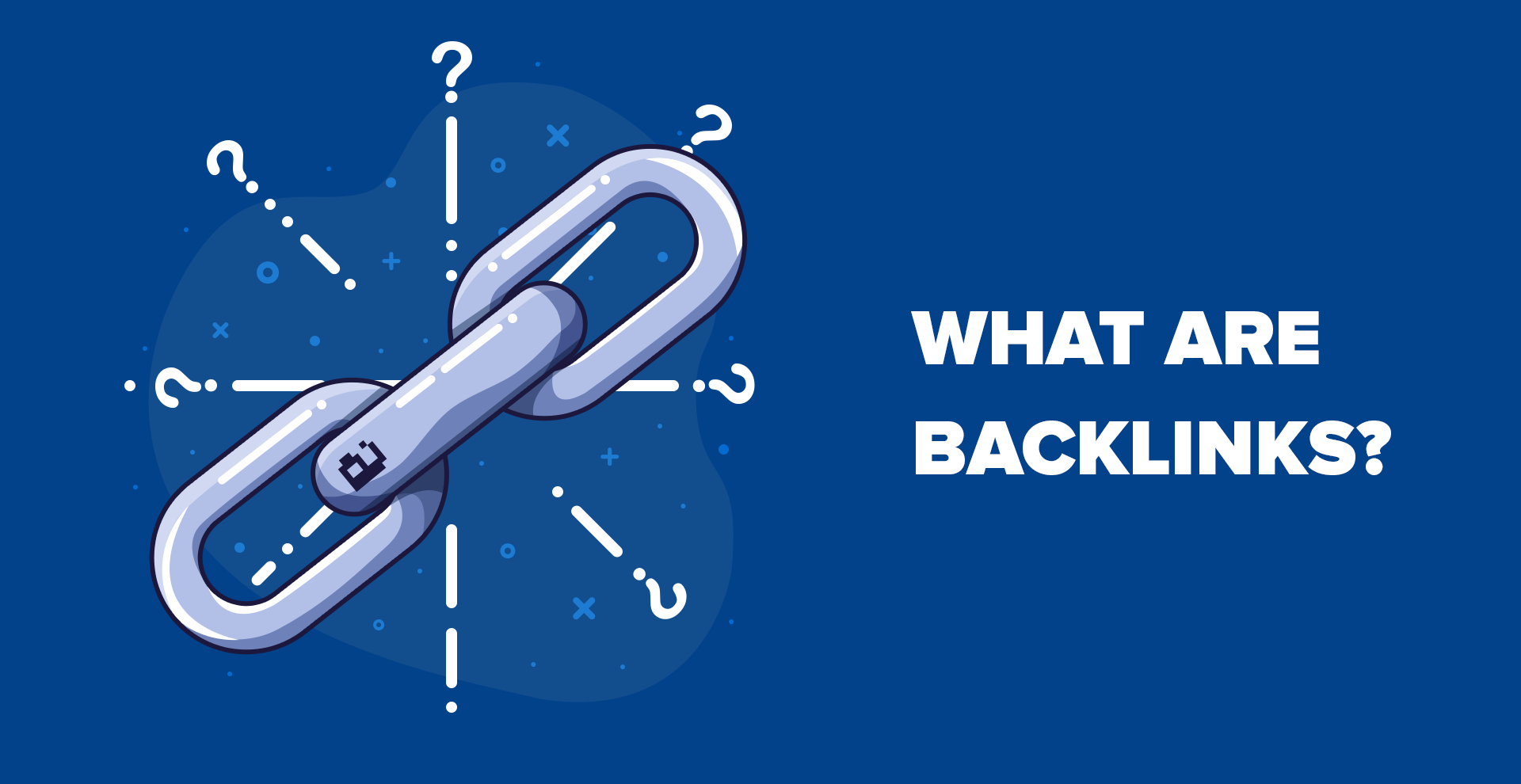
Evaluating Backlinks for Quality, Not Just Quantity
Building backlinks remains an essential part of search engine optimization. However, not all backlinks provide the same value for improving rankings. Search engines primarily reward high-quality, relevant backlinks that indicate genuine interest in a website’s content. Therefore, boosting simple backlink counts matters less than focusing on factors that determine individual link quality. Use this checklist to evaluate each new backlink for strengths that positively impact your rankings:
Check Authority and Trust
First, determine the authority and trustworthiness of the linking page. Links from .edu domains and government websites inherently carry more weight. Links from trustworthy sources with a history of quality content send the strongest signals to search engines. Check how long the site has existed, domain authority scores and editorials for signs of a reputable publisher behind the link. Links from spam, low-quality or untrustworthy websites provide little benefit.
Assess Relevancy
Next, assess how relevant the linking page stands in relation to your website. Links from pages within the same or similar topic provide the most value. Determine if the linking site fits within your overall industry, niche or content focus. Links from highly relevant authorities in your market send the strongest positive signals to search engines regarding your website. Links from unrelated or purely commercial sites prove less beneficial.
Check Anchor Text Usage
Examine the anchor text used within each link as well. Anchor text that contains your primary targeted keyword or closely matches your website name/brand provides the most value. Links using branded anchor text or exact match keywords indicate a genuine recommendation. Links with generic anchor text (e.g. “click here” or “read more”) prove less powerful. Prioritize building links with relevant, optimized anchor text.
Review Link Placement
View where on the linking page the URL appears. Links included in the main body text of articles and embedded naturally within content prove most valuable. These included in footer disclaimers, blogrolls or other non-editorial sections carry less weight. Links embedded in natural copy demonstrate an endorsement of your content, while “pass-along” links hold minimal value.
Inspect Linking Page Content
Check the recent update history and overall content on the linking page. Frequently rewritten, fresh content establishes the linking page as credible and topical. Outdated pages that rarely publish new content prove less authoritative. Links from stagnant, thin pages provide minimal benefits compared to those from active sites producing high-quality information.
In summary, evaluating backlinks focuses less on raw link counts and more on scrutinizing individual links for factors that signal quality and relevance to search engines. These include assessing the linking website’s authority, relevancy to your topic, use of relevant anchor text, strategic on-page placement and recency/quality of content. Only by prioritizing links that score well across each of these dimensions can businesses truly build a high-quality , beneficial backlink profile that positively impacts organic search rankings over time.
